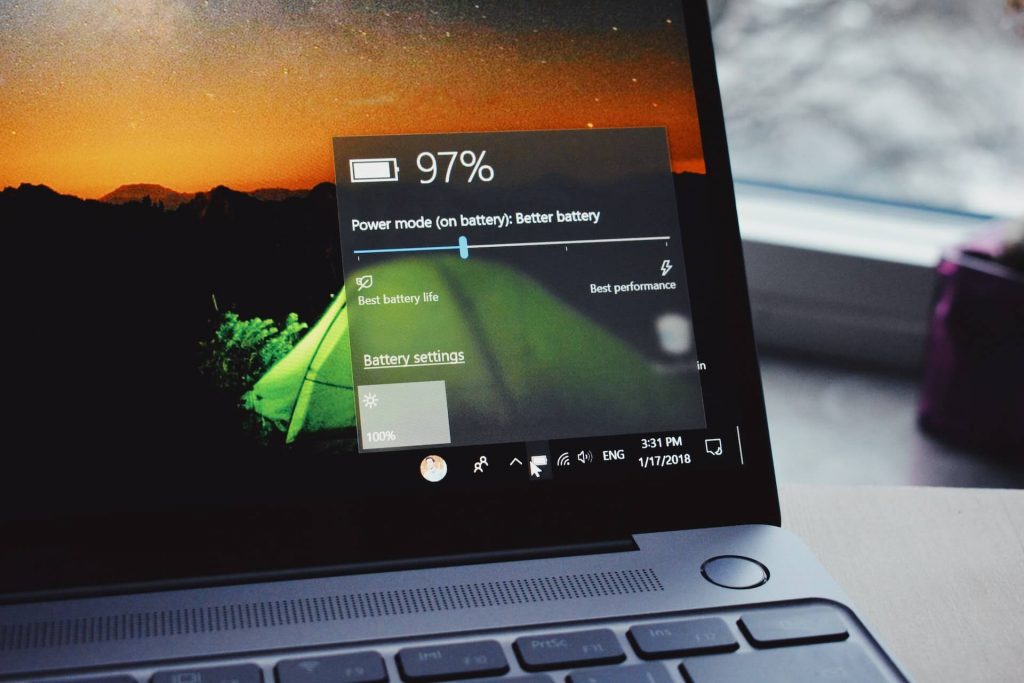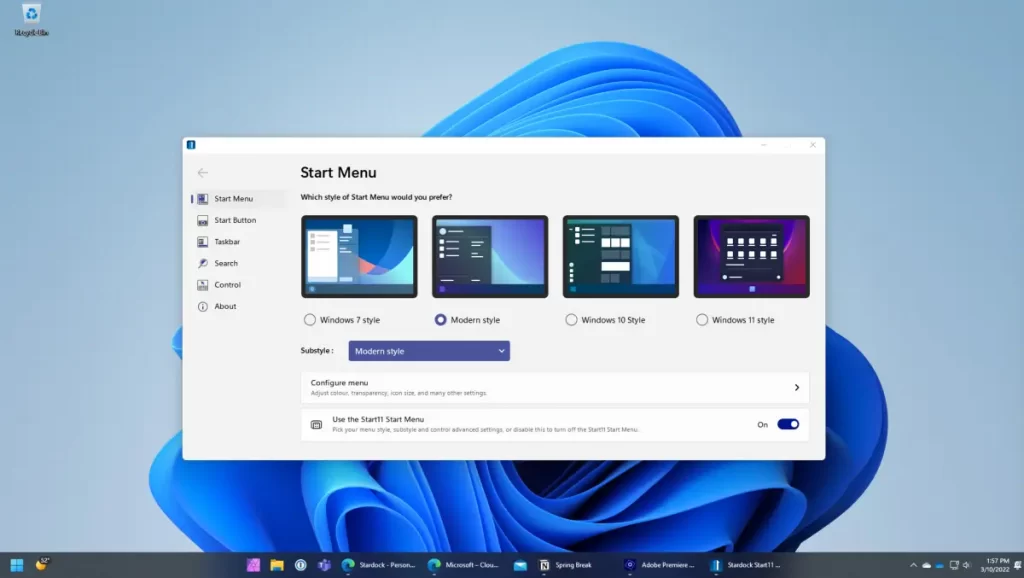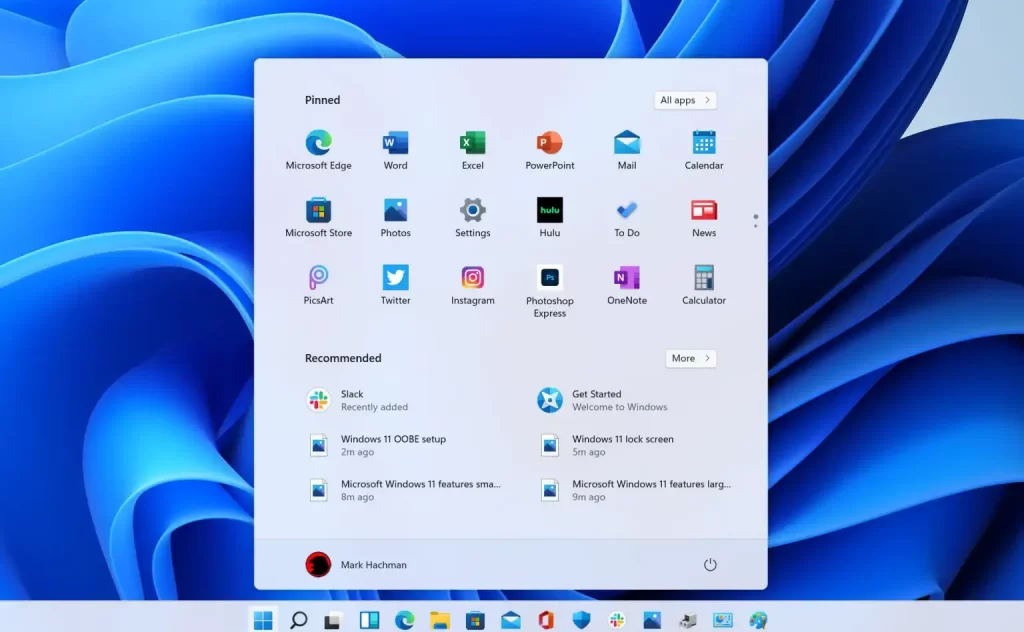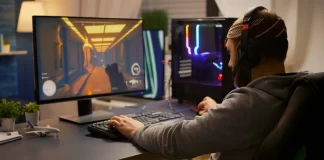Since installing Windows 11, my laptop just hasn’t been the same. While I knew about Microsoft’s latest operating system hiccups, curiosity got the better of me, and I finally decided to upgrade my laptop to New OS—a three-year-old Lenovo Yoga C940 —for the sake of experimentation. I’m a sucker for graphic redesigns, and I was keen to test Windows 11’s new features, such as added support for Android apps.
The past few months have proven that this wasn’t a great judgment and strengthened my wish to keep Windows 10 on the desktop machine I utilize daily for work. This post accounts for all the issues I’ve encountered since upgrading to Windows 11 and my attempts to resolve some of them. While this may not portray everyone’s experience, it’s still a cautioning saga about upgrading your OS just for the sake of it, especially when Windows 10 continues to receive security updates.
IT DRAINS THE BATTERY WHILE IDLE
My major frustration after upgrading to Windows 11 was how it burned through battery life in sleep mode. Because I mainly operate on a desktop, my notebook can go unused for days. So I’d have to preemptively plug the charge before use to avoid getting stuck with a dead battery.
What was the reason for this? By default, Windows 10 and Windows 11 employ a mode called Modern Standby, which keeps the PC linked to a Wi-Fi network in a power-saving state when you put it to sleep. This lets Windows quickly revive from standby mode and even download important updates while the computer is idle.

Unfortunately, Modern Standby can also be a power drainer. While I’d allowed it in Windows 10, somehow, it returned with retribution in Windows 11. So finally, I found a fix; making a minor registry tweak lets you disable Modern Standby through the Control panel.
Open an elevated command prompt, type the following, and hit enter: REG ADD HKLM\SYSTEM\CurrentControlSet\Control\Power\PowerSettings\F15576E8-98B7-4186-B944-EAFA664402D9 /v Attributes /t REG_DWORD /d 2 /f
Next, open Control Panel and navigate to Power Options > Change Plan Settings > Change Advanced Power Settings. Then, under the Balanced profile, extend the “Networking connectivity in Standby” option and choose Disable while on battery.
While I’m happy these modifications helped, no one should have to make registry amendments to avoid idle battery drain.
MENUS ARE LESS EFFICIENT
Here’s an annoyance you may know about already: In its new operating system, Microsoft removed the ability to “never combine” taskbar entities, making it more difficult to multitask between several instances of the same program. Microsoft also eliminated the Jumplists, which can reveal recent files or quick actions when you right-click an icon in the taskbar.

I was able to fix this issue by using Start11, Stardock’s $6 utility, which allows you to restore the taskbar and Start Menu to their retired functionality. But Start11 isn’t an ideal solution, either. Its search operation doesn’t always identify newly installed programs. Sometimes, I’ll run into a bug that necessitates rebooting the menu. Start11 significantly improved over Windows 11’s default Start Menu and taskbar. Still, it’s less efficient than what Microsoft presented in Windows 10.
THE POWER BUTTON DOESN’T WORK AS EXPECTED
Windows 11 has also presented an abnormality to my Yoga C940’s power switch: When I press it, the LED indicator blinks for about half a minute. During that time, turning the laptop back on is impossible. So if I don’t like waiting for the LED to stop flashing, I must long-press the power button to force a shutdown and reboot the laptop.
Swapping the power button’s behavior from Hibernate to Sleep mode didn’t change a thing, and I’ve yet to come across any other explanations. Stranger still, shutting my laptop’s lid doesn’t show the same behavior. So, I’ve to think twice before striking the power button. While this is just a slight annoyance overall, it’s also a constant reminder of the troubles Windows 11 has caused.
IT JUST FEELS SLOWER
This last point is hard to put the finger on, let alone measure objectively. My computer has sometimes felt sluggish and less responsive since updating to Windows 11. My Lenovo C940 has a 10th-generation Intel Core i7-1065G7 CPU and 12GB of RAM, which should be sufficient for Internet browsing, emailing, and document editing. Yet, at times, the laptop can seem inactive upon bootup and slow to switch between browser tabs or programs. Even keyboard input occasionally feels laggy.

To be honest, I’ve had a ton of spells in which the notebook runs nicely—both on and off the power supply—but that makes the few hiccups even more irritating. I take proper maintenance of my computers, and analyzing the typical suspects (such as startup and system tray programs) didn’t turn up any obvious culprits. So again, it’s difficult to say whether these issues are directly connected to Windows 11.
But I bring it up because it fits into the overall custom of things not functioning as they used to, nudging me to devour excessive time studying why. Most of the time, I’m excited about software updates. I quickly adopted Windows 10 when it launched in 2015. I always jump to the latest Android or iOS upgrades when available. Even when problems with those updates surface, they tend to get fixed quickly, and I don’t regret making the leap. Windows 11, for me, has been the painful exception.








